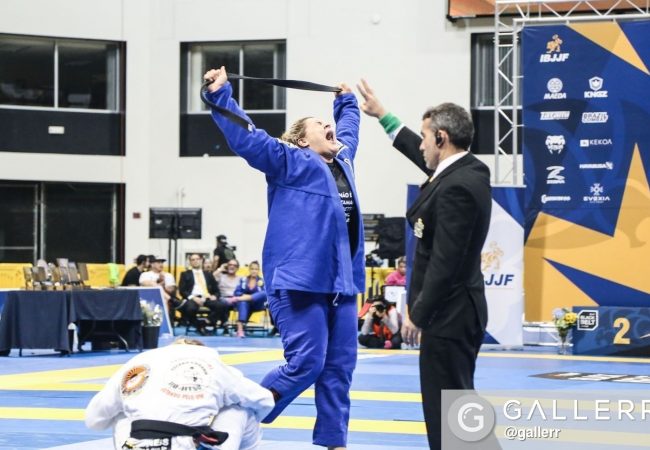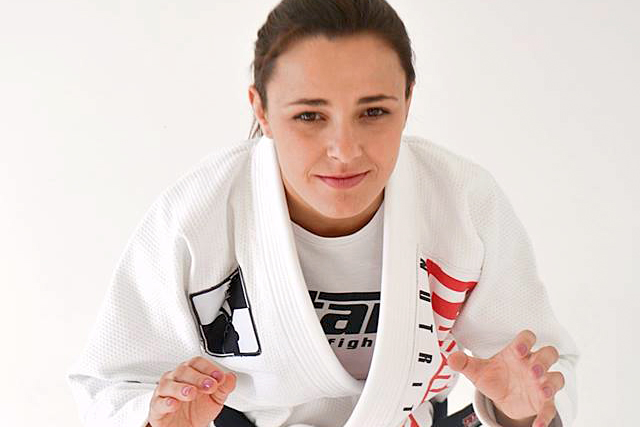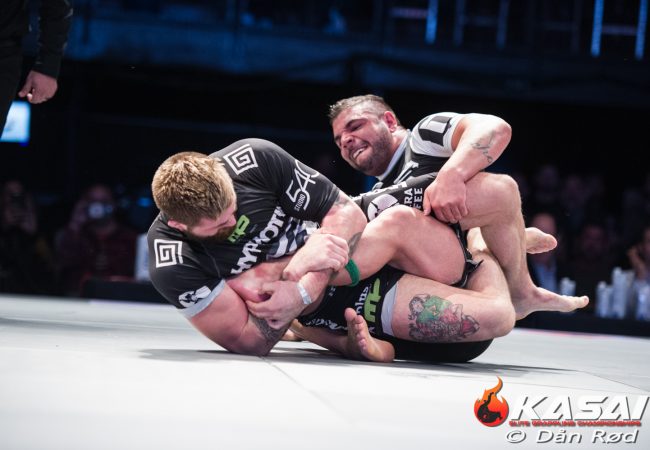The day begins with a disturbing worst-case scenario illustrated with a demonstration. A criminal suddenly takes an agent to the ground, jumps on him and begins pummeling him with his fists. The agent cannot access his weapons to defend himself. He is pinned on his back, only seconds from unconsciousness and possibly death. What can the agent do? Fortunately, there are techniques available to the agent which would allow him to survive this potentially deadly encounter.
A disturbing increase in recent years on the modern criminal’s willingness to use violence against agents has required agents to develop and practice new skills in order to defend themselves and survive. Miami Sector recognized the need to adjust its training and provide agents with the knowledge, skills and abilities of the Gracie Combatives Course. Gracie Defensive Tactics training is being implemented throughout the soutwest border and is even being taught at the Border Patrol Academy. Two of Miami Sector’s best defensive tactics instructors received specialized training in Gracie Combatives for Military and Law Enforcement (GCMLE) and the Gracie Resisting Attack Procedures for Law Enforcement (GRAPLE).
Border Patrol Agents Ryan Choy and Kurtis Woods have already provided Gracie Defensive Tactics ground training to the Mobile Intercept Unit, and have introduced some of the highly effective techniques during mandatory baton, taser and OC spray training. They can also instruct a 2 or 3 day training class to cover all of the material in the Gracie Combatives Course.
According to agent Choy, the techniques taught in the Gracie Combatives Course are “designed to help an agent survive during a worst-case scenario on the street. It teaches the skills that can allow a smaller person to deal with a larger person. With this training, Miami Sector and Border Patrol agents nationwide have the means to escape the situation and access a firearm or intermediate force device. Even if the agent is unable to access a weapon, it gives the agent the ability to finish the fight.”
BPA Kurtis Woods said that “the Gracie Combatives Course is an opportunity for agents to better themselves and to help make themselves and their partners safer. The better prepared you are, the safer you are. Like any other self-defense course, the training is a ‘perishable’ skill that requires practice.” In order to stay proficient, BPA Choy practices Brazilian Jiu-Jitsu on his off time with his 13-year old son at Renzo Gracie Academy in Weston, Florida. He says that the training helps him maintain the skill set required to teach the course. Jim DeMatteo, PAIC, Dania Beach Station and former Green Beret, took the abbreviated training session and encourages all Border Patrol Agents to take it.
In 2007 there were 59,201 sworn law enforcement officers assaulted in the line of duty. Over 80% of these assaults (47,495) were committed by unarmed perpetrators who only used their hands and/or feet to attack the officer, according to FBI. In 2008 1,347 federal law enforcement officers were assaulted.
After the Ultimate Fighting Championship took the world by storm in 1993, people worldwide realized that Jiu-Jitsu was the only ground system that would give someone a realistic chance against a larger, more athletic opponent. In January 2002 the U.S. Army officially adopted Jiu-Jitsu as its foundation for hand-to-hand combat.





